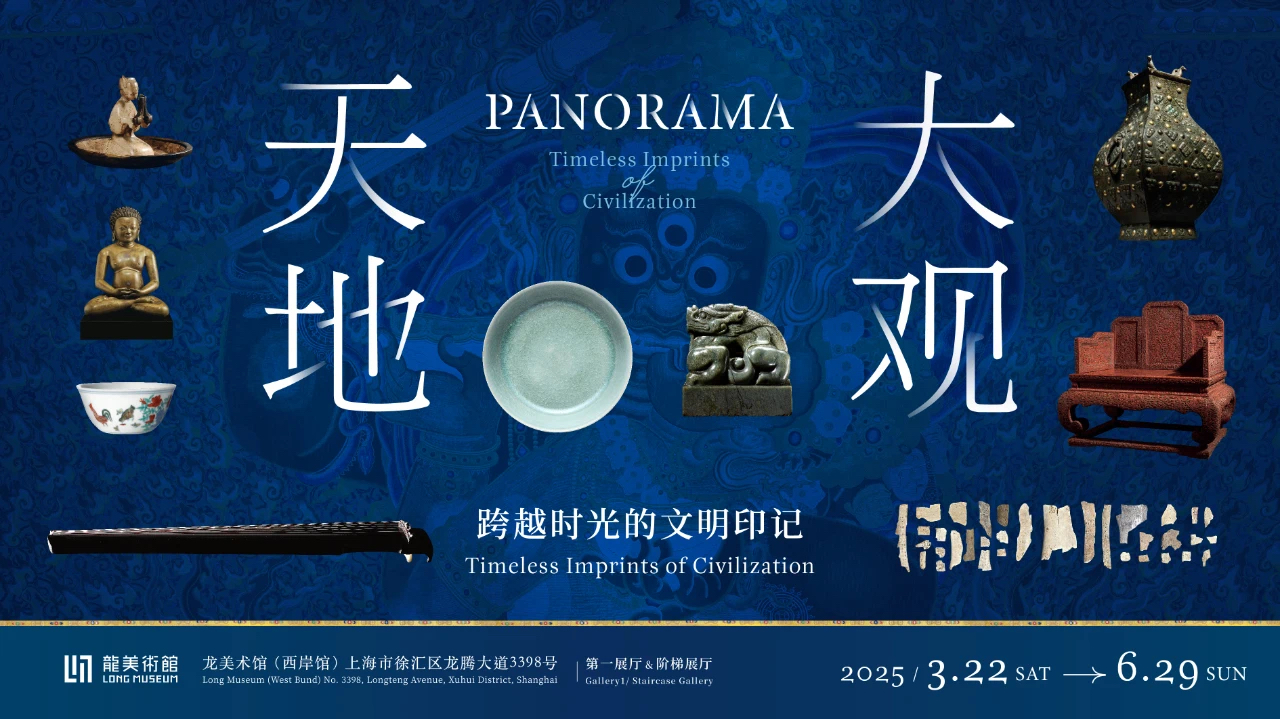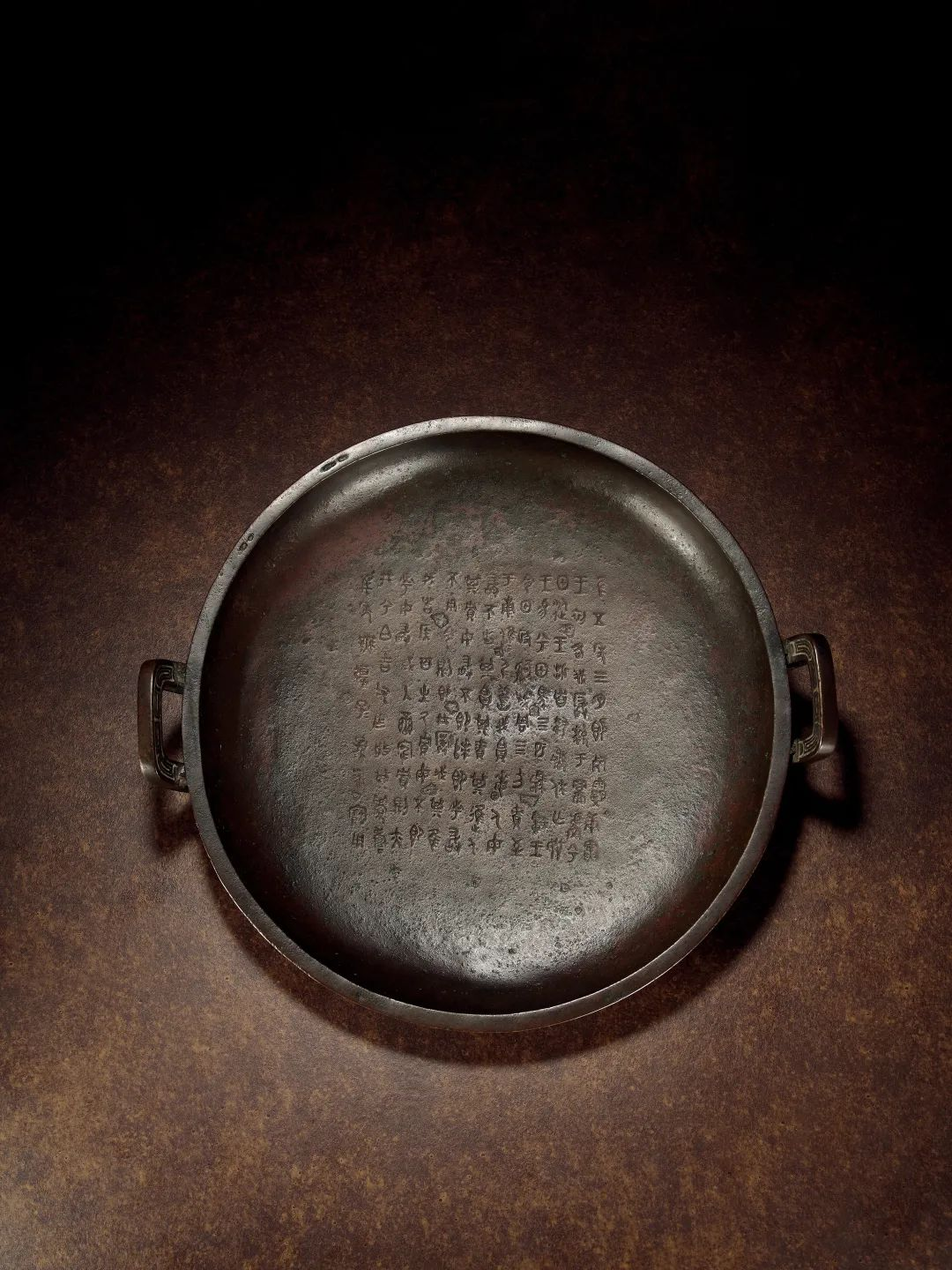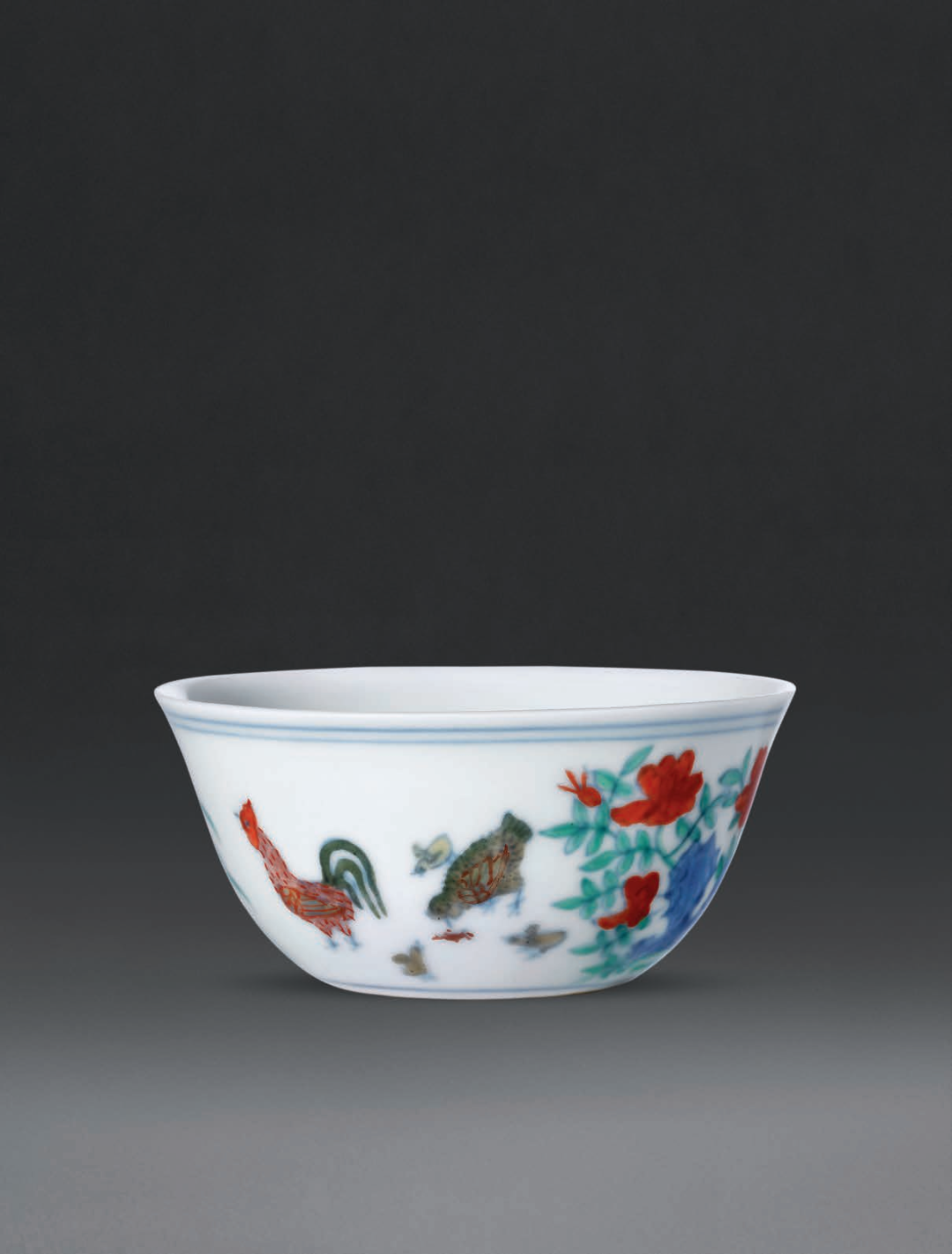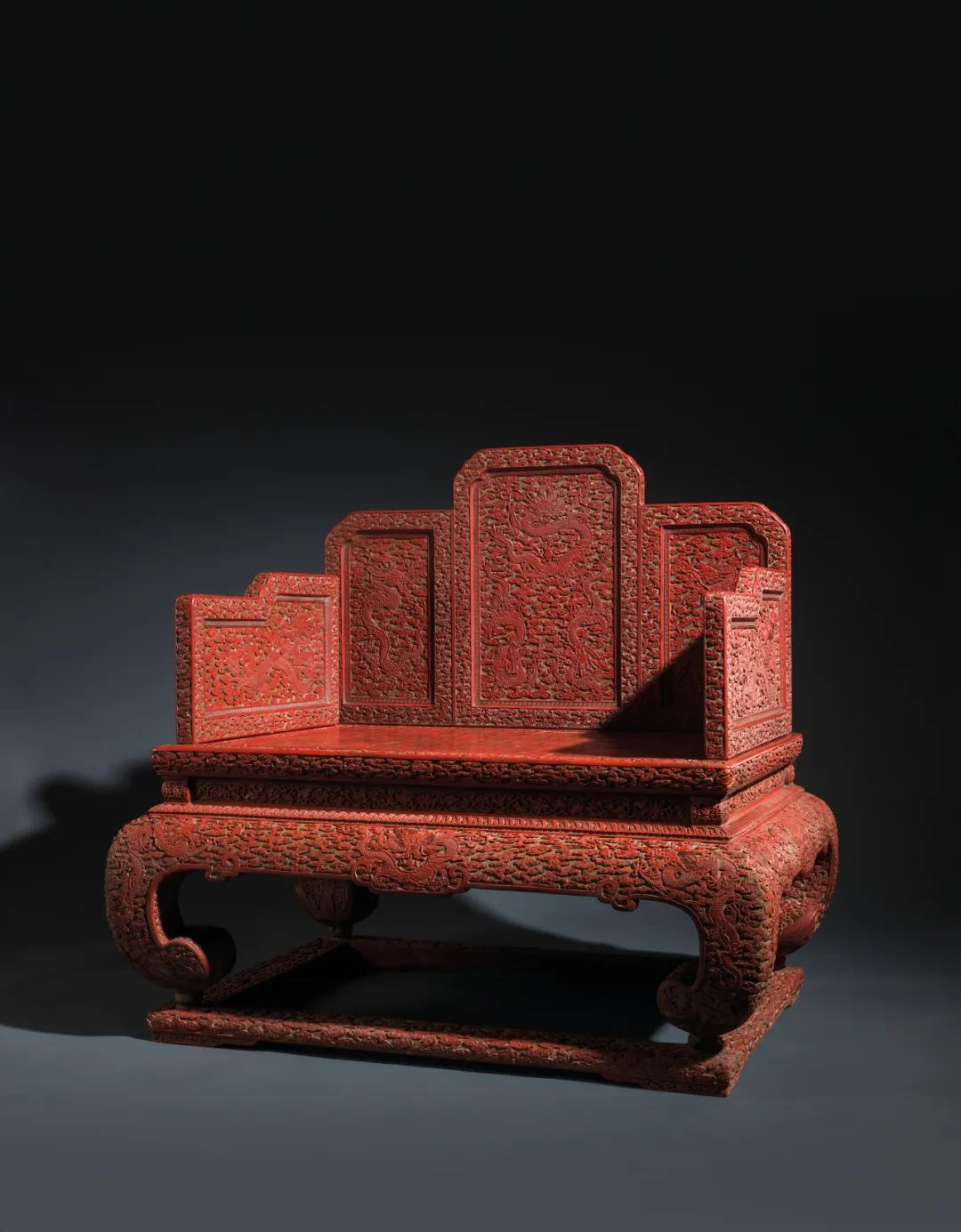Long Museum showcases 3,000 years of Chinese civilization

As cherry blossoms reach full bloom at the Long Museum's West Bund venue in Shanghai, Panorama: Timeless Imprints of Civilization, the museum's flagship exhibition for the first half of the year, is presenting a remarkable collection of national treasures and drawing visitors into the heart of Chinese heritage.

Spanning three millennia, the exhibition highlights the enduring legacy of imperial authority, scholarly refinement, and folk craftsmanship, weaving together a vivid tapestry of Chinese civilization.
Featuring over 200 exquisite artifacts spanning from the Shang and Zhou dynasties (c.16th century-256 BC) to the Ming and Qing dynaties (1368-1911), the exhibition features oracle bones, bronzeware, jade, porcelain, Buddhist sculptures, and furniture.

A selection of rare pieces makes this exhibition particularly noteworthy. A doucai chicken cup from the Chenghua reign (1465-87), returning after a decade, is among the highlights.
Other treasures are being publicly displayed for the first time, including 34 examples of oracle bone inscriptions documenting rituals, military campaigns, hunting, rain prayers, and tributes during the Shang Dynasty (c.16th-11th century BC); a bronze square flask with gold, silver, and glass inlays from the Warring States Period (475-221 BC); the only known surviving jade-carved lamp figurine from the Han Dynasty (206 BC-AD 220), which was unearthed in an archaeological excavation; and a sky-green glazed washer from the Ru Kiln of the Northern Song Dynasty (960-1126).

The exhibition is divided into four thematic sections: The Longevity of Metal and Stone, Vessels Carrying Taoism, Thoughts without Evil, and The Infinite Treasury, each exploring the evolution of Chinese craftsmanship and culture over the course of 3,000 years.
The first section showcases 34 oracle bone inscriptions, bronzeware, early jade artifacts, and imperial seals. The second section features 12 premier porcelain pieces from the Song (960-1279) to Qing (1644-1911) dynasties, illustrating the evolution of Chinese ceramics and serving as tangible expressions of social hierarchy, philosophical thought, and artistic refinement.

The third section delves into the intersection of religion and art. Featuring Buddhist sculptures from the 11th century through the Ming and Qing periods, this segment highlights how Buddhist philosophy has shaped Chinese artistic traditions, conveying ideals of compassion, wisdom, and enlightenment.
The exhibition culminates in The Infinite Treasury, its most diverse section, displaying objects from the studios of scholars, ancient zithers, furniture, kesi silk tapestries, and Ming-Qing ceramics and jades. The title, rooted in Buddhist philosophy, signifies an inexhaustible well of cultural wealth and insight, a sentiment echoed through centuries of collecting and artistic preservation.
Liu Yiqian, founder of the Long Museum and chief curator of the exhibition, said these artifacts are more than symbols of imperial power or simple works of art — they are drivers of cultural exchange.
"When young visitors pause to contemplate these relics, I hope they recognize them as profound symbols of Chinese heritage. More importantly, I hope the spirit of traditional craftsmanship continues to flow in their veins. Collections are personal, but civilization belongs to everyone. The depth of 3,000 years of history ultimately shines through in each artifact on display," Liu said.
If you go
Long Museum (West Bund)
No 3398 Longteng Avenue, Xuhui district, Shanghai
Contact: 021-6422-7636
Sources: Xuhui district government, WeChat account of Long Museum, website of Long Museum